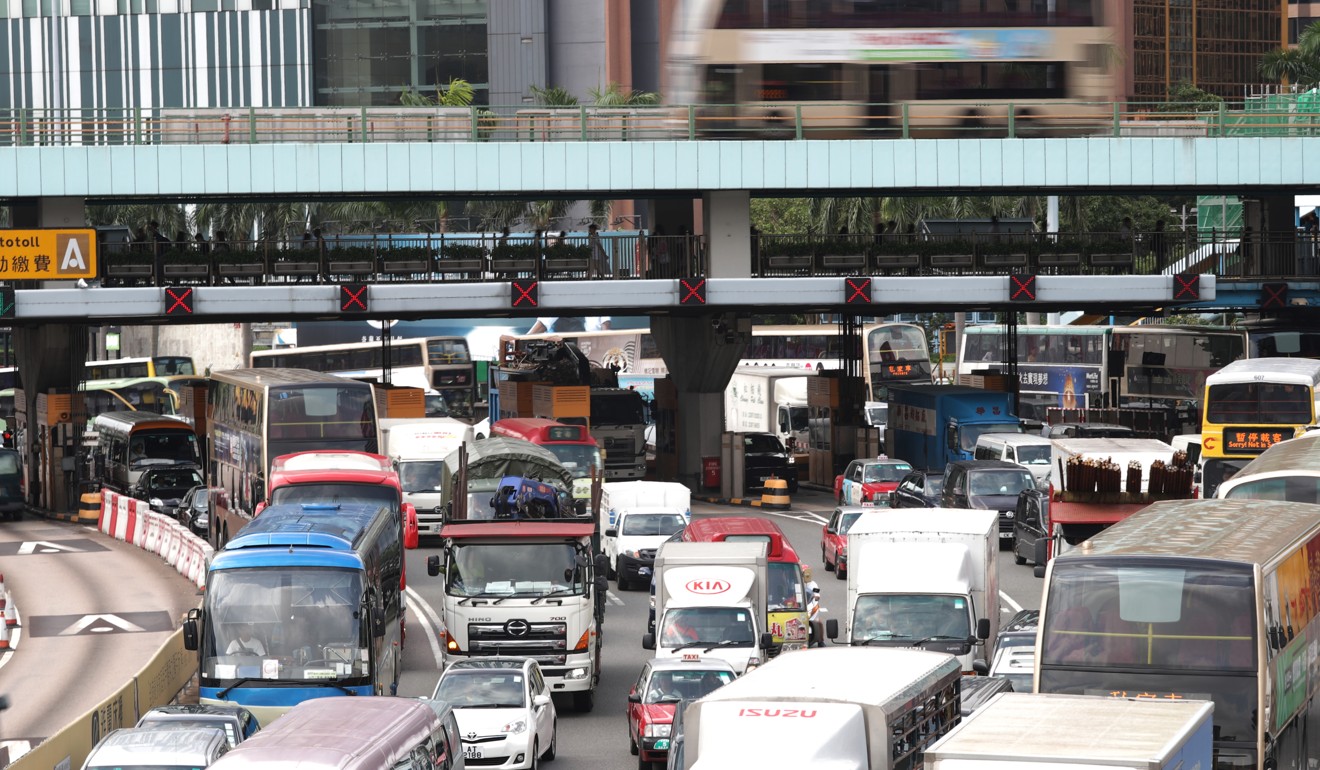
Hong Kong smart city blueprint rolled out amid scepticism over pace and scope
Hot-button issues such as ride-hailing and bike-sharing are not addressed, as officials say a broad perspective is taken
Hong Kong’s ambition to become a world-class smart city in the next five years was underscored by a raft of innovation initiatives rolled out by the government on Friday, but critics expressed fears the pace and scope of plans would be too slow and narrow.
Unveiling a smart city blueprint aimed at improving city management and people’s quality of living, Secretary for Innovation and Technology Nicholas Yang Wei-hsiung said a myriad of measures in six areas, namely “Smart Mobility”, “Smart Living”, “Smart Environment”, “Smart People”, “Smart Government” and “Smart Economy”, would be introduced over the next five years.
“We embrace innovation and technology to build a world-famous smart Hong Kong characterised by a strong economy and high quality of living,” he said.
Why is Singapore much smarter than Hong Kong? City left trailing rival in global technology index
However, the blueprint failed to touch on ride-hailing and bike-sharing services as recommended by a consultancy study earlier. Yang said he would not comment on some individual companies, stressing that the concept of a sharing economy should be viewed in a broader perspective.
“The blueprint contains a rich list of various measures including a sharing economy ... which should benefit society and the economy as a whole,” he argued. “Whatever business model you see today as sexy, someday it may be disruptive. So we need to take a much broader view,” he said.
Whatever business model you see today as sexy, someday it may be disruptive
Undersecretary for transport and housing Raymond So Wai-man insisted his bureau would focus on the introduction of franchised taxis first before considering anything else. “We’ll see the discussion outcome from the Legislative Council to decide whether we should consider other new services,” he said.
For smart mobility, “in-vehicle units” will be developed to enable motorists to receive real-time traffic information and to pay tunnel fees by remote means without toll booths, based on a feasibility study to be completed by next year.
Other highlights include integrating existing e-transport applications into an all-in-one mobile app by next year to facilitate trip planning for commuters.
There will also be the installation of about 1,200 traffic detectors on strategic routes to provide real-time traffic information by 2020, and new on-street parking meters for multiple payment systems starting from around 2019 to 2020 with provision of real-time parking vacancy information.
Plans are also under way to conduct trials of autonomous vehicles in the West Kowloon Cultural District and other areas.
Hong Kong leader doubles R&D expenditure to HK$45 billion for next five years to boost ‘smart city’ innovation
An automatic tolling system without toll booths for the new Tseung Kwan O-Lam Tin tunnel is set to be in place by 2021.
Real-time information of public buses will also be available through mobile devices by 2018, and information display panels will be erected at government public transport interchanges and 1,300 covered bus stops by 2020.
For smart living, the government plans to develop a faster payment system by 2018 which supports e-payments anytime and anywhere, as well as to facilitate a QR code standard to promote the wider use of mobile retail payments.

Another initiative due next year is an easy banking plan to enhance remote online finance and online wealth management. Virtual banking will be promoted as another model of service delivery.
For other areas, a fast-track IT talent admission scheme will be launched in 2018 to lure more IT professionals, especially in biotechnology, data science, artificial intelligence, robotics and cybersecurity.
IT sector lawmaker Charles Mok said the government was still stuck in a conservative approach to setting objectives. “This is a far cry from the aggressive stance taken by the consultancy study.”
“For example, the electronic road pricing scheme has been discussed for over 20 years but the blueprint still insists on another consultation. This is really disappointing,” he said, adding that the government should state clearly how it would update or amend obsolete laws to increase the pace of development.
Legislator Elizabeth Quat from the Democratic Alliance for the Betterment and Progress of Hong Kong also urged the government to speed up its plans. “Some of the measures will only be rolled out after 2020. I am afraid by that time they will become outdated.”
A smart city office will be set up in the Innovation and Technology Bureau to take charge of coordination and monitoring of the smart city projects.

